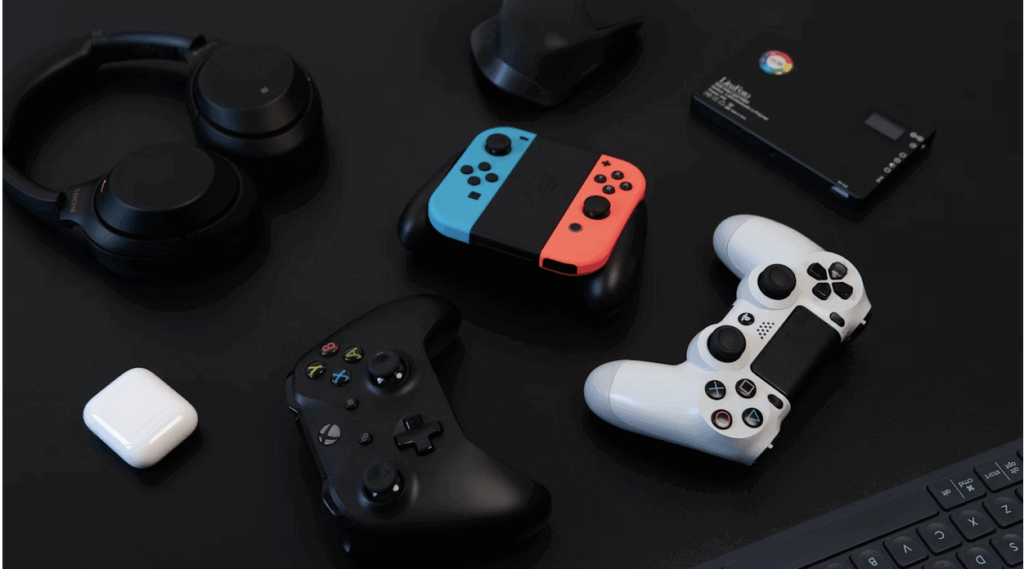Shorter gaming sessions have become a popular way for people to interact with games. Whether on mobile, desktop or handheld devices, many players now prefer quick bursts of entertainment instead of long sessions. Here we look at why such “10-minute gaming” has become so widespread.

A Natural Part of Modern Routines
The most important reason behind the rise of 10-minute gaming may simply be how naturally it fits into the rhythm of everyday life. Not every player has the energy for long sessions after work, and not everyone wants a high-intensity, time-consuming experience during their downtime. Short games offer entertainment that adapts to the player, not the other way around.
Our days are normally packed with responsibilities, with time being more fragmented and energy levels fluctuating. So instead of planning long, immersive gaming sessions that take up a good chunk of the week, many players slot entertainment into small pockets of free time that appear throughout the day. This might be a coffee break, the final minutes before bed, or a short pause between tasks. Some even use quick gaming instead of scrolling social media to bridge “dead time”, such as waiting for public transport or queueing at a shop.
The Possibilities of Mobile Gaming
The dominance of mobile devices is also an important factor of the increase in short gaming spurts. Smartphones allow players to access high-quality games instantly, without needing consoles or big screens. The convenience is immediate and effortless: all you have to do is open an app or a website, play for a few minutes and close it. Some players for example like to play a few rounds on a slot machine or other casino game, which can now be accessed whenever and wherever, thanks to modern gambling platforms such as casinos that accept credit cards, offering safe and convenient payments for a few rounds of gambling.
Mobile gaming doesn’t just enable short sessions, but has shaped players’ expectations around them. Players now expect games to start fast, deliver rewards quickly, and allow them to exit at any moment without losing progress. This expectation has grown stronger as mobile performance has improved. Devices load complex graphics faster, maintain stable online connections, and support cloud syncing. As a result, more ambitious games have adopted the “micro-session” model, even when they feature deeper progression systems. What used to be exclusive to casual puzzle apps is now visible across strategy titles, shooters and more.
The Influence of Cloud and Cross-Platform Play
Another reason for the rise of 10-minute gaming is the spread of cloud-based services that let players continue the same game across multiple devices. If a game saves progress instantly and automatically, players can start on a phone during a break and later continue on a tablet, handheld or PC without losing time.
Cross-platform play supports the same trend. When multiplayer titles let mobile players match with console or PC users, developers often balance the gameplay so sessions remain short, fair and easy to join. For example, many competitive games now offer “quick play” modes with smaller maps or shorter rounds. This allows players to enjoy meaningful online interactions even when they only have a few spare minutes.
Technology That Makes Short Gaming Seamless
Put simply, technological improvements have made 10-minute gaming more practical than ever. Faster mobile processors, improved Wi-Fi and 5G connectivity, and better cloud integration all reduce waiting times. Players can resume paused games instantly, jump into online matches faster, and enjoy smoother performance in high-action games.
Quick-resume features on consoles and handheld devices also play a role. Instead of booting from scratch, players can pick up exactly where they left off within seconds. This change alone has made short sessions more viable on platforms that were once more suited to longer, dedicated gaming.
Devices have also become better at multitasking. Modern operating systems handle background processes more efficiently, meaning games remain stable even when switching between apps. This increases confidence that a short session won’t be interrupted or lost.
How Developers Build Games for Short Sessions
While some games lend themselves naturally to short sessions, many are built deliberately with micro-play in mind. Developers often create compact gameplay loops that deliver meaningful progress without requiring long stretches of uninterrupted focus. This can involve:
- Short rounds that offer closure, such as puzzle stages or quick multiplayer matches
- Modular progression, where small achievements build toward larger goals
- Simple interfaces that minimise friction
- Adaptive difficulty that increases gradually, without overwhelming returning players
These design choices help ensure that even a five-minute visit feels worthwhile, which is key to keeping players engaged long-term.
Game Types That Fit Perfectly Into 10-Minute Sessions
Although many modern games support short play, certain genres are especially suited to it, such as:
- Puzzle and logic games
- Arcade-style action games
- Online slot machines
- Mini battle modes
- Tap-and-progress games
Many game formats are undergoing transformations, with developers experimenting with ways to make each session feel complete without sacrificing depth over time.

